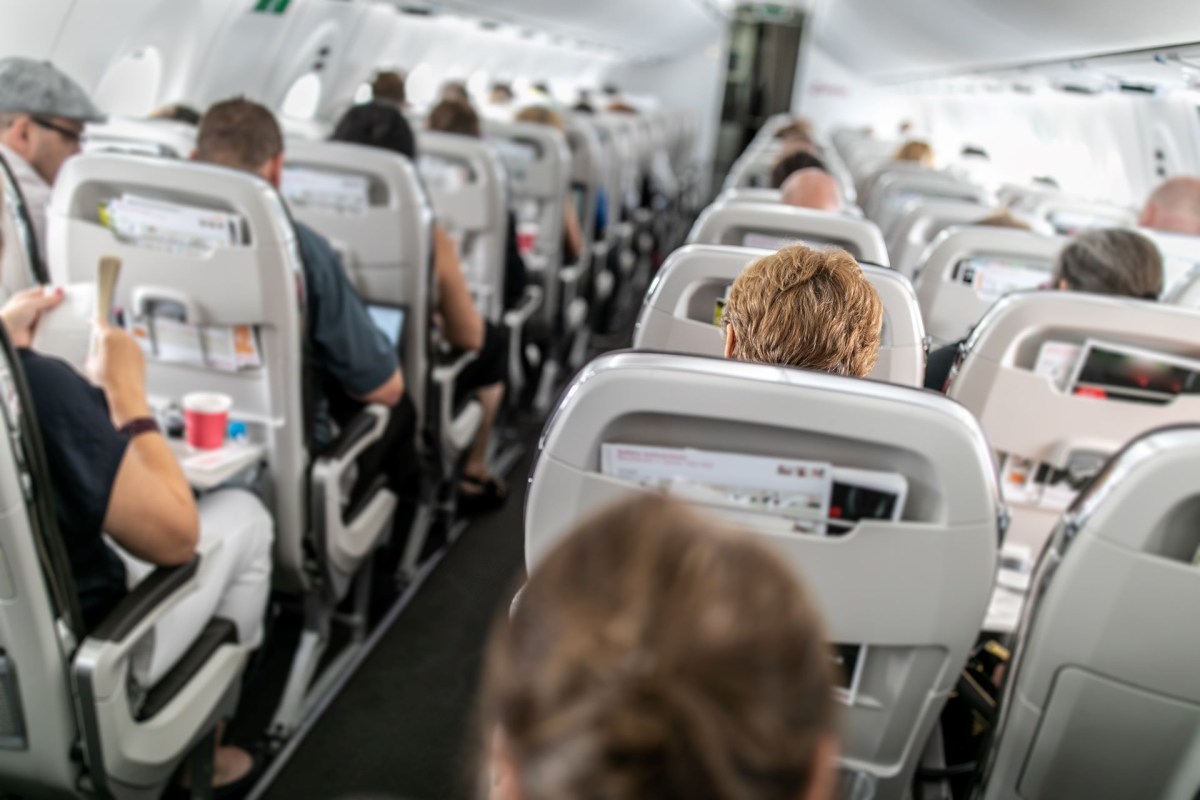As the world gets warmer, changing weather patterns affect the movement of the air, which can lead to an increase in turbulence during airline flights.
CBS News recently reported multiple instances of severe turbulence that caused injuries. But thankfully, there are ways to avoid these outcomes.
What is turbulence?
Turbulence is the sudden rough motion of a plane when it encounters disturbances in the air. These disturbances can include "atmospheric pressure, jet streams, air around mountains, cold or warm weather fronts, or thunderstorms," according to The Federal Aviation Administration (FAA) website.
Why is turbulence an issue now?
Turbulence during a flight is a common and expected phenomenon and is generally not dangerous as long as passengers and crew take the appropriate safety precautions.
However, the warmer the world gets, the more rough weather planes encounter, and therefore, the more turbulence passengers experience. As incidents of severe turbulence become more common, the risk of injury increases.
The FAA reported five to 18 total injuries per year from 2009 to 2019, with the total usually somewhere in the teens. Totals were lower during the pandemic, likely due to a decrease in air travel overall.
But last year, numbers rose sharply. CBS reported several incidents involving unusual numbers of injuries — for example, one Hawaiian Airlines flight ended with 36 injuries and 20 hospitalizations. Other flights had to land due to rough air.
How to avoid turbulence injuries
According to Taylor Garland, a spokesperson for the Association of Flight Attendants, the number one way to avoid an injury is to follow directions while flying.
"We would recommend listening to flight attendants and pilots," she said. "That seatbelt sign comes on for a reason. You should not be up or going to the bathroom. That sign is on for your safety."
She also added that people who are moving around the cabin when the plane encounters turbulence not only risk an injury to themselves but can also hurt others if they stumble or fall.
As for measures that airlines can take to increase safety, Garland had two suggestions.
"Increasing time seated before landing, and giving flight attendants the ability to secure the cabin and discontinue service in anticipation for turbulence," she said.
Join our free newsletter for easy tips to save more, waste less, and help yourself while helping the planet.









